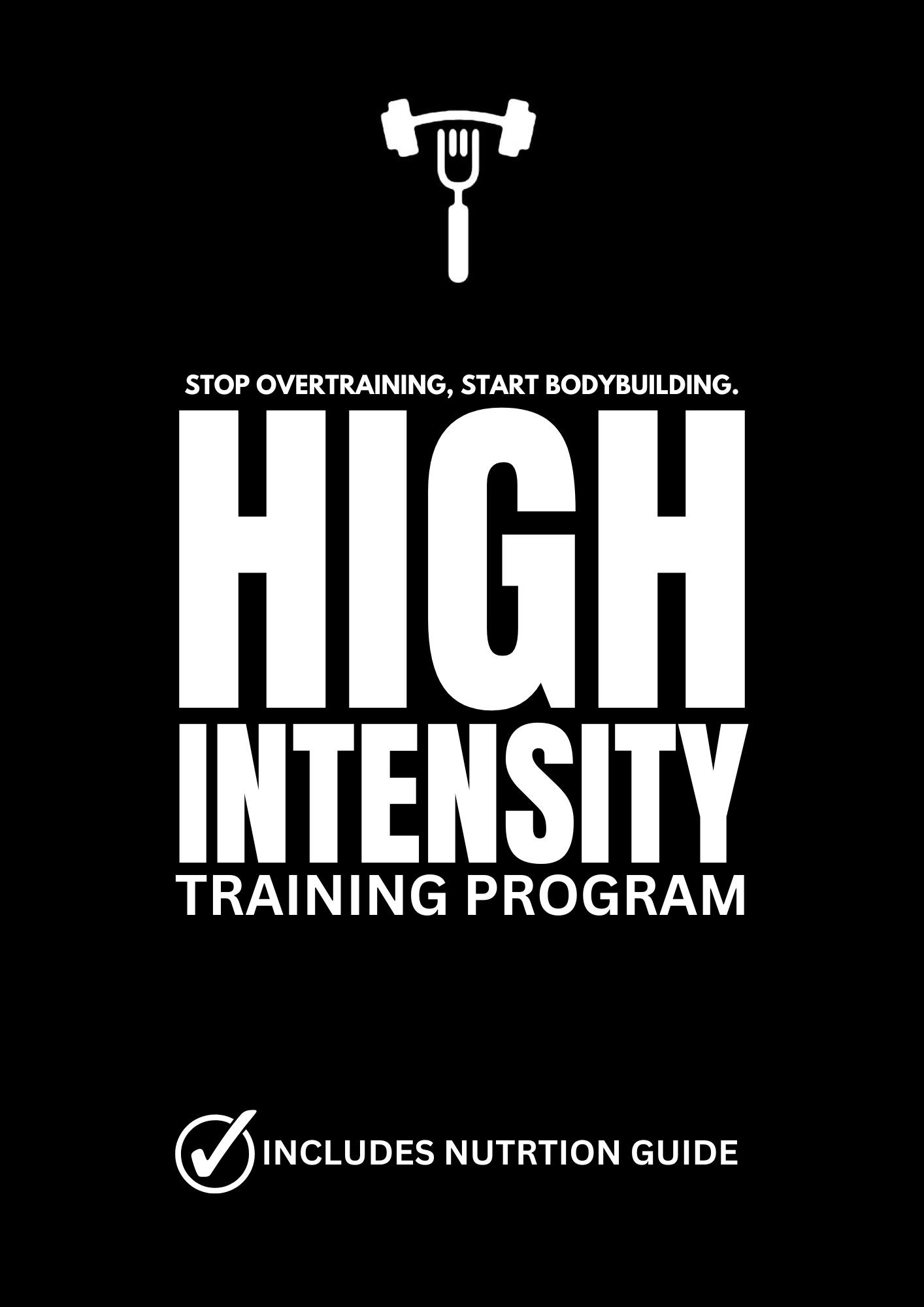5 Symptoms of Overtraining: Insights from Mike Mentzer

Overtraining can be a pitfall in any fitness journey, leading to diminished progress and potential health issues. We'll delve into the wisdom of Mike Mentzer, to understand the symptoms of overtraining and how to avoid it.
Diminished Progress:
The first sign of overtraining, as pointed out by Mentzer, is a plateau or even a decrease in your performance or muscle gains. This can be a frustrating experience, especially when you've been pushing yourself to the limit. Remember, sometimes less is more.
Diminished Progress:
The first sign of overtraining, as pointed out by Mentzer, is a plateau or even a decrease in your performance or muscle gains. This can be a frustrating experience, especially when you've been pushing yourself to the limit. Remember, sometimes less is more.
Excessive Fatigue:
Feeling constantly tired, even after a good night's sleep? That's a clear symptom of overtraining. It's your body's way of saying, "Hey, I need a break!" Listen to it.
Increased Susceptibility to Illness:
Overtraining can weaken your immune system, making you more prone to illnesses. If you find yourself getting sick more often than usual, it might be a sign that you're pushing yourself too hard.
Mood Disturbances:
Overtraining can lead to mood disturbances such as increased irritability, depression, or anxiety. If you're noticing significant changes in your mood or mental state, it could be a sign that you need to revaluate your training regimen.
Decreased Motivation:
A lack of motivation or enthusiasm for your workouts can also be a symptom of overtraining. If you're finding it hard to get yourself to the gym or you're not enjoying your workouts as much as you used to, it could be a sign that you're pushing yourself too hard.
Conclusion:
The key to avoiding overtraining is to find a balance between challenging your body and giving it enough time to recover and adapt. Remember, rest is just as important as the workout itself. So, take a step back, listen to your body, and give it the rest it deserves. After all, a well-rested body is a strong body.

